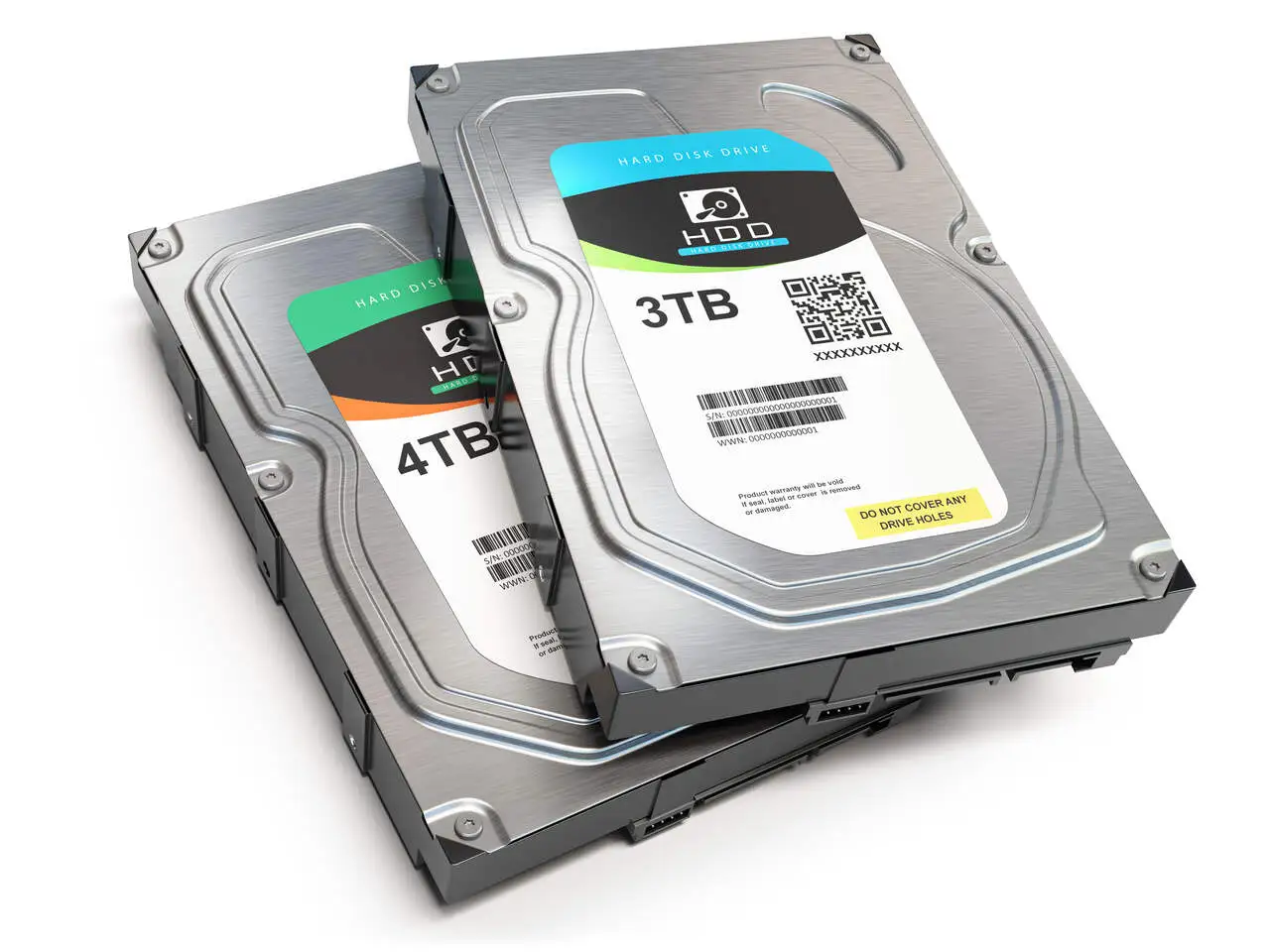Partitioning a hard drive (HDD) is the process of dividing a physical disc into several independent sections, each functioning as if it were a separate disc. This process can be useful for a number of reasons, including organising data, installing multiple operating systems or improving system performance. Below, I’ll explain step by step how to partition a hard drive, as well as highlighting the benefits and harms of this process.
Step by step to partition a hard drive
1. Back up your data: Before you begin, it’s crucial to make a backup of all the important data on the hard drive. Partitioning a disc can lead to data loss if not done correctly.
2. Choice of Software: You can partition a hard drive using operating system tools, such as Disk Management in Windows or Disk Utility in macOS, or through third-party software.
3. Opening the Partitioning Tool: In Windows, for example, you can press the Windows key, type “Disk Management” and select it from the list of results. On macOS, you can open Disk Utility via the Finder.
4. Disc selection: In the manager, select the disc you want to partition. Make sure you choose the correct disc to avoid losing data on other discs.
5. Shrinking the Volume (if necessary): If the disc already contains data and you want to create a new partition without erasing the existing data, you will need to shrink the volume of the current partition to free up unallocated space.
6. Creating the New Partition: With the unallocated space available, you can now create a new partition. This usually involves choosing the size of the partition, the file system (e.g. NTFS for Windows or HFS+ for macOS) and, if you wish, assigning a drive letter or mount point.
7. Formatting the Partition: After creating the partition, you will need to format it with the chosen file system before you can use it to store data.
Benefits of Partitioning
- Organisation: Allows you to separate different types of data, such as personal documents from operating system files.
- Multiple Operating Systems: Facilitates the installation and running of multiple operating systems on the same computer.esmo computador.
- Performance: Smaller partitions can be scanned and defragmented more quickly than a large single disc.
- Data Security: Isolating parts of the system on different partitions can protect important data from system errors or viruses.
Harm of Partitioning
- Risk of Data Loss: If not carried out carefully, partitioning can lead to data loss.
- Inefficient Use of Space: Poorly planned partitions can result in wasted space, where one partition becomes full while another has room to spare.
- Complexity: Managing multiple partitions can be more complex, especially for less experienced users.
In summary, partitioning a hard drive can offer several advantages in terms of organisation, performance and security. However, it is a process that should be approached with caution due to the risks of data loss and the additional complexity it can introduce. Always make a backup before starting partitioning and carefully plan how the partitions will be used to maximise the benefits and minimise the drawbacks.
If the process fails and the files are corrupted or deleted, here’s how to recover a corrupted hard drive.



